Leisurely YA Reads
I’ve been thinking lately about the differences between YA books and adult books. (Or, I should say, some of the differences between some YA books and some adult books, because making blanket statements about all types of books in a particular genre doesn’t lead anywhere good.) In any case, I just finished rereading Robin Hobb’s Royal Assassin, the second book in her Farseer trilogy, which is the first of two finished trilogies and one just-begun trilogy about the same characters. They’re great books, ones I’ve loved for years; I’m rereading them right now because the first book in the new trilogy just came out and I’m one of those people who rereads all the previously books whenever the new book in a series comes out. (Yes, I reread the Harry Potter books seven times. I fear the next Game of Thrones book coming out.)
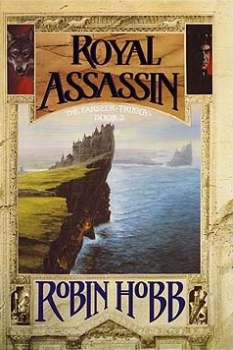
As I was reading Royal Assassin, thought, I started noticing the vast difference in pacing between it and the book I had read previous to it: Blood of My Blood, Barry Lyga’s just released ending to the I Hunt Killers trilogy (also an awesome set of books, but don’t read them while you’re home alone if you’re twitchy like me, as they are about serial killers). Blood of My Blood is a really fast paced novel; I read the whole thing in less than 48 hours, because it just keeps pulling you along, with the events happening over the course of only a few days. Royal Assassin, on the other hand, is much more leisurely paced; it takes a lot longer for the character and plot threads to unfold, the tension to ratchet up, etc.
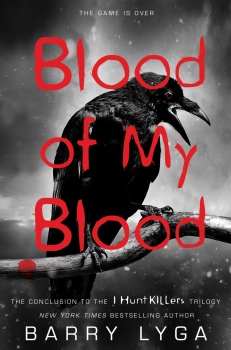
Going from Blood of my Blood to Royal Assassin was actually a little jarring as a reader—I had to mentally slow myself down for Royal Assassin. And while Blood of My Blood is on the fast end of YA to begin with, it got me trying to think of YA books that are on the other side of pacing, books with longer fuses, as it were. One of the reasons I’m interested in it is that I think my own writing style tends to be a little slower paced than the average YA novel. I don’t mind that—it’s usually what my particular style of books need. (Though after my first draft I often have to do a rewrite with picking up the pace in mind, because my first drafts tend to come out a bit slower than necessary.)
What’s the advantage of slower pacing? It depends, but I enjoy the sometimes deeper sense of place you often find in more deliberately paced books, the ability to really sink into a fantasy world and its culture and myths. Often a deliberate pace means the book is going to take place over a longer internal time span—months or years rather than days or weeks—again, something that I enjoy and that I tend to gravitate toward in my own writing (though I would love to write a book that takes place over 24 or 48 hours just to see if I could do it well.) I also like books that, as my husband says, are Animal Crossing books (in reference to the Nintendo game). Books where it’s not life or death every moment, but that take time to show the characters just living life—going to the post office, having tea, picking out Christmas presents.
Am I saying that one type of book is better than the other? Not at all. Just like sometimes you want soda and sometimes you want tea, we need different book fixes for different moods. But because so many YA books are very quickly paced, I think it’s nice to also highlight the other side of YA.
So here are a few YA books for when you feel like something that takes its time a little more than most:
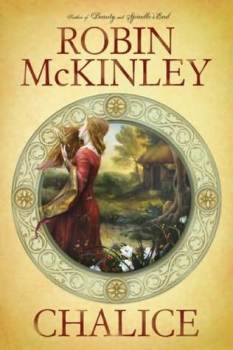
Chalice, The Hero and the Crown, and Shadows by Robin McKinley (actually, pretty much any book by Robin McKinley)
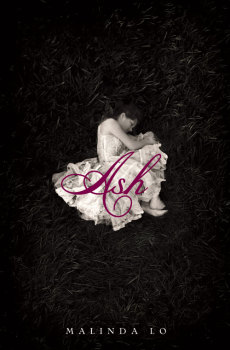
Ash by Malinda Lo
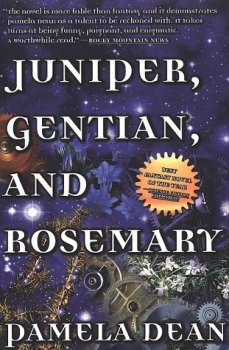
Juniper, Gentian and Rosemary by Pamela Dean (on the border of YA and not—I’ve seen them shelved both ways, as I have with several McKinley books)
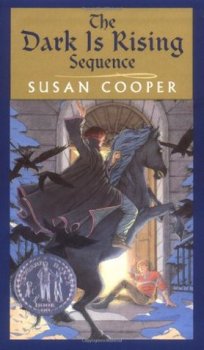
The Dark Is Rising series by Susan Cooper
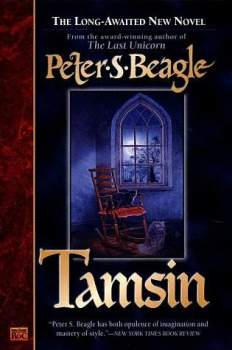
Tamsin by Peter S. Beagle
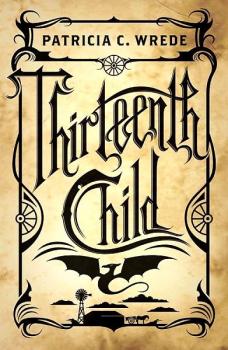
Thirteen Child and subsequent books by Patricia C. Wrede

Chime by Franny Billingsley
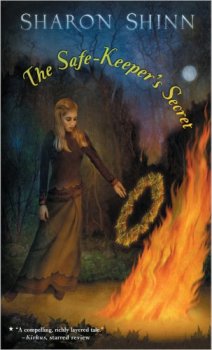
The Safe-Keeper’s Secret and subsequent books by Sharon Shinn

Wise Child and Juniper by Monica Furlong

